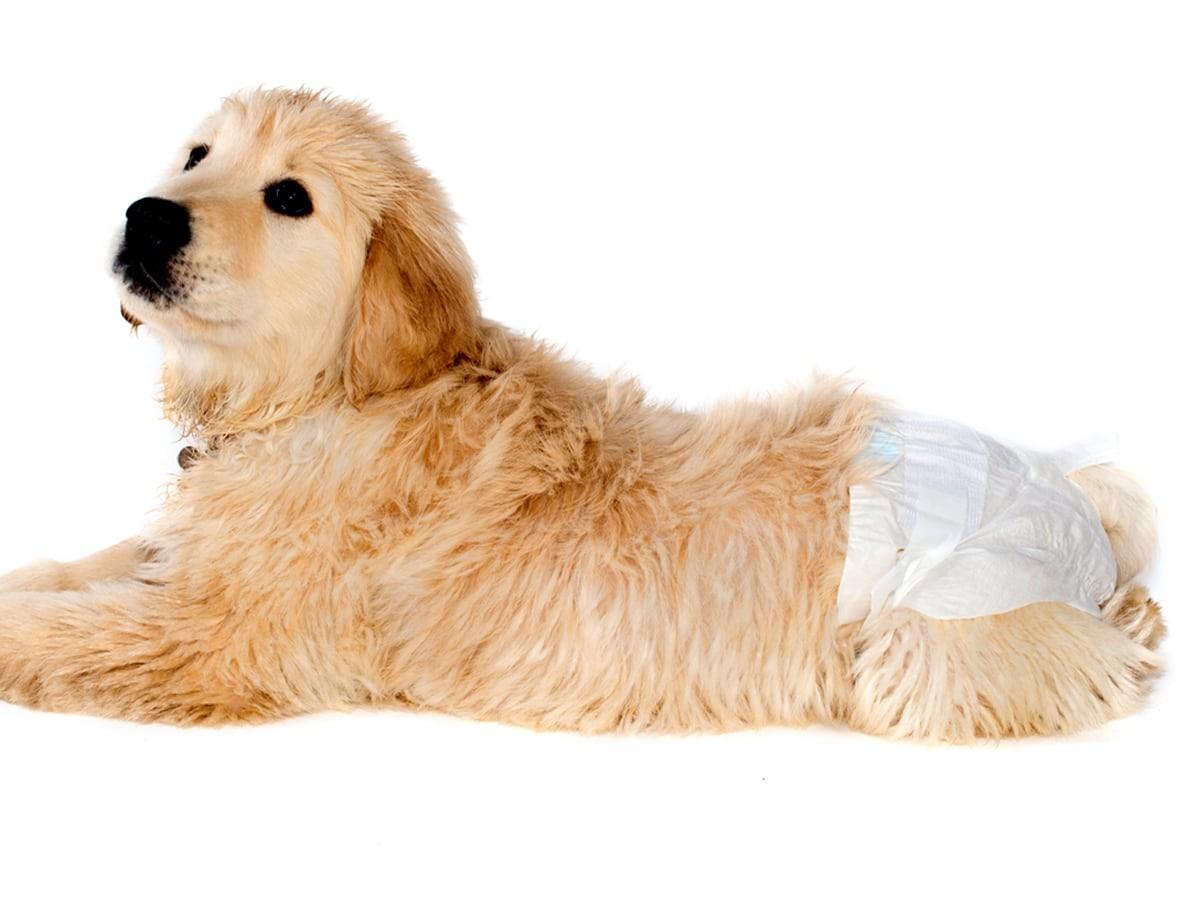Dog diapers offer a practical solution for managing various situations, including incontinence in senior dogs, female dogs in heat, and even aiding in house training puppies. Understanding the different types of dog diapers available for both males and females, as well as how to use them correctly, is crucial for your pet's comfort and hygiene.
Choosing the Right Dog Diaper
Selecting the appropriate dog diaper depends on several factors, including your dog's sex, size, and the reason for using a diaper.
Disposable vs. Reusable Dog Diapers
Disposable Dog Diapers: Disposable diapers are convenient for short-term use, travel, or managing fecal incontinence. They are readily available in most pet stores and online retailers. However, they generate waste and can be costly over time.
Reusable Dog Diapers: Reusable dog diapers, also known as washable dog diapers, are a more eco-friendly and cost-effective option for long-term use, especially with urinary incontinence. They come in various materials like cotton and microfiber, offering different levels of absorbency.
Male vs. Female Dog Diapers
Dog Diapers for Female Dogs: These diapers are designed to fit the unique anatomy of female dogs, offering full coverage and often featuring a lower cut on the belly to accommodate their tail. Popular options include full-coverage dog diapers for females and those designed specifically for heat cycles ("dog period diapers").
Dog Diapers for Male Dogs: For male dogs experiencing urinary incontinence, belly bands are a popular choice. These wrap around the dog's waist and secure with fasteners, providing a comfortable and effective solution. However, for male dogs with fecal incontinence, full-coverage dog diapers are necessary.
Sizing Dog Diapers
Proper sizing is crucial for a secure and comfortable fit. Consult the manufacturer's size chart and measure your dog's waist to determine the appropriate size. Look for adjustable features like Velcro or snaps to ensure a snug fit.
How to Use Dog Diapers
Using dog diapers effectively involves a few essential steps:
Prepare Your Dog: Ensure your dog is calm and comfortable before attempting to put on the diaper.
Position the Diaper: For female dogs, slide the diaper under their tail, making sure the absorbent pad is centered. For males, fasten the belly band around their waist, ensuring the absorbent area covers their genitals.
Secure the Diaper: Use the fasteners (Velcro, snaps, or tabs) to secure the diaper snugly but not too tightly. You should be able to fit two fingers between the diaper and your dog's skin.
Check for Leaks: Ensure the diaper is not twisted or bunched up, which could lead to leaks.
Maintaining Hygiene and Comfort
Change Diapers Frequently: Replace soiled diapers promptly to prevent skin irritation and discomfort.
Clean Your Dog Between Changes: Use pet-safe wipes or a damp cloth to clean your dog's genital area thoroughly with each diaper change.
Pause at Night: Avoid using diapers overnight if possible, as prolonged use can increase the risk of skin problems. Consider alternative solutions like potty pads or waterproof bedding.
Protect Your Health: Wash your hands thoroughly after each diaper change to avoid contact with bacteria or irritants.
Best Dog Diapers for Female Dogs in Heat
When choosing dog diapers for a female dog in heat, look for:
High Absorbency: Choose diapers specifically designed for heat cycles, as they offer superior absorbency to handle increased bleeding.
Secure Fit: Ensure the diaper has a snug fit to prevent leaks and ensure comfort for your dog.
Breathable Materials: Opt for breathable fabrics to reduce the risk of skin irritation.
FAQs About Dog Diapers
Are Doggie Diapers a Good Idea?
Yes, dog diapers can be a great solution for managing incontinence, heat cycles, or other issues in dogs. They provide a safe and comfortable way to manage messes and keep your dog clean.
2. What can cause incontinence in senior dogs?
Dementia, also known as canine cognitive dysfunction (CCD), can lead to a loss of housetraining and an inability to control bodily functions. According to the article "Dementia in Dogs" published by Wag, this condition typically emerges in older dogs, with some starting to show signs as early as 11 years of age. By the time they reach 16 years old, the majority of dogs will exhibit noticeable signs of CCD, making the need for interventions like dog diapers more common.
3. What Can I Use Instead of Diapers for My Dog?
Alternatives to dog diapers include:
Doggie Pads: These absorbent pads can be placed on the floor to catch accidents.
Belly Bands: Specifically designed for male dogs with urinary incontinence.
Washable Dog Diapers: A more eco-friendly and economical option for long-term use.
4. Can I Leave a Diaper on My Dog Overnight?
While it's possible to leave a diaper on your dog overnight, it's recommended to remove it if it becomes soiled. Leaving a soiled diaper on for extended periods can lead to skin irritation and infections.
Conclusion
Dog diapers offer a practical and compassionate solution for various canine needs. By understanding the different types of diapers available, choosing the right size, and following proper hygiene practices, you can ensure your pet's comfort and well-being while managing incontinence or heat cycles.
Remember to consult with your veterinarian if you have any concerns about your dog's health or the use of diapers. With the right information and care, dog diapers can be a valuable tool in providing the best possible care for your beloved companion.

With 15 years as a dog and cat parent, my pet articles are a mix of humor and firsthand experience - proof that the best stories often come with paws and purrs.











